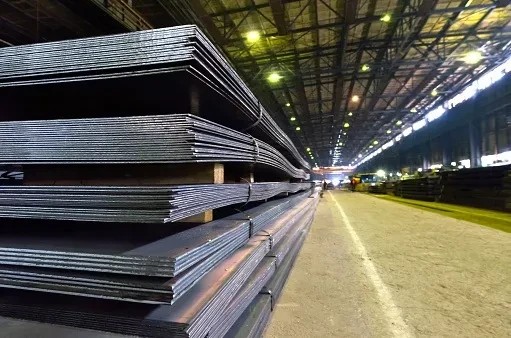How steel service center inventories affect steel prices
2024-02-21

Steel service centers play a significant role in the steel supply chain and can have an impact on steel prices in several ways. Here are some ways in which steel service center inventories can affect steel prices:
1. Inventory Levels: Steel service centers maintain inventories of various steel products to meet the demand of their customers quickly. When inventory levels are high, it can put downward pressure on steel prices as service centers may need to reduce prices to move excess inventory. Conversely, low inventory levels can lead to price increases as demand outstrips supply.
2. Market Conditions: Steel service center inventories are influenced by market conditions such as global steel demand, production levels, trade policies, and economic factors. Changes in these factors can impact inventory levels and, in turn, affect steel prices.
3. Lead Times: Steel service centers provide just-in-time delivery of steel products to their customers. In situations where lead times are short or demand is high, service centers may need to keep higher inventory levels to meet customer demand quickly, potentially leading to price increases due to increased demand.
4. Supply Chain Disruptions: Disruptions in the steel supply chain, such as transportation issues, labor strikes, or natural disasters, can impact steel service center inventories. These disruptions can lead to fluctuations in steel prices due to changes in supply and demand dynamics.
5. Market Speculation: Steel service center inventories can also be influenced by market speculation and investor sentiment. Speculative buying or selling of steel products by service centers or investors can affect inventory levels and contribute to price volatility in the steel market.
Overall, steel service center inventories play a dynamic role in the steel industry and can impact steel prices through their inventory management practices, response to market conditions, and influence on supply and demand dynamics.

